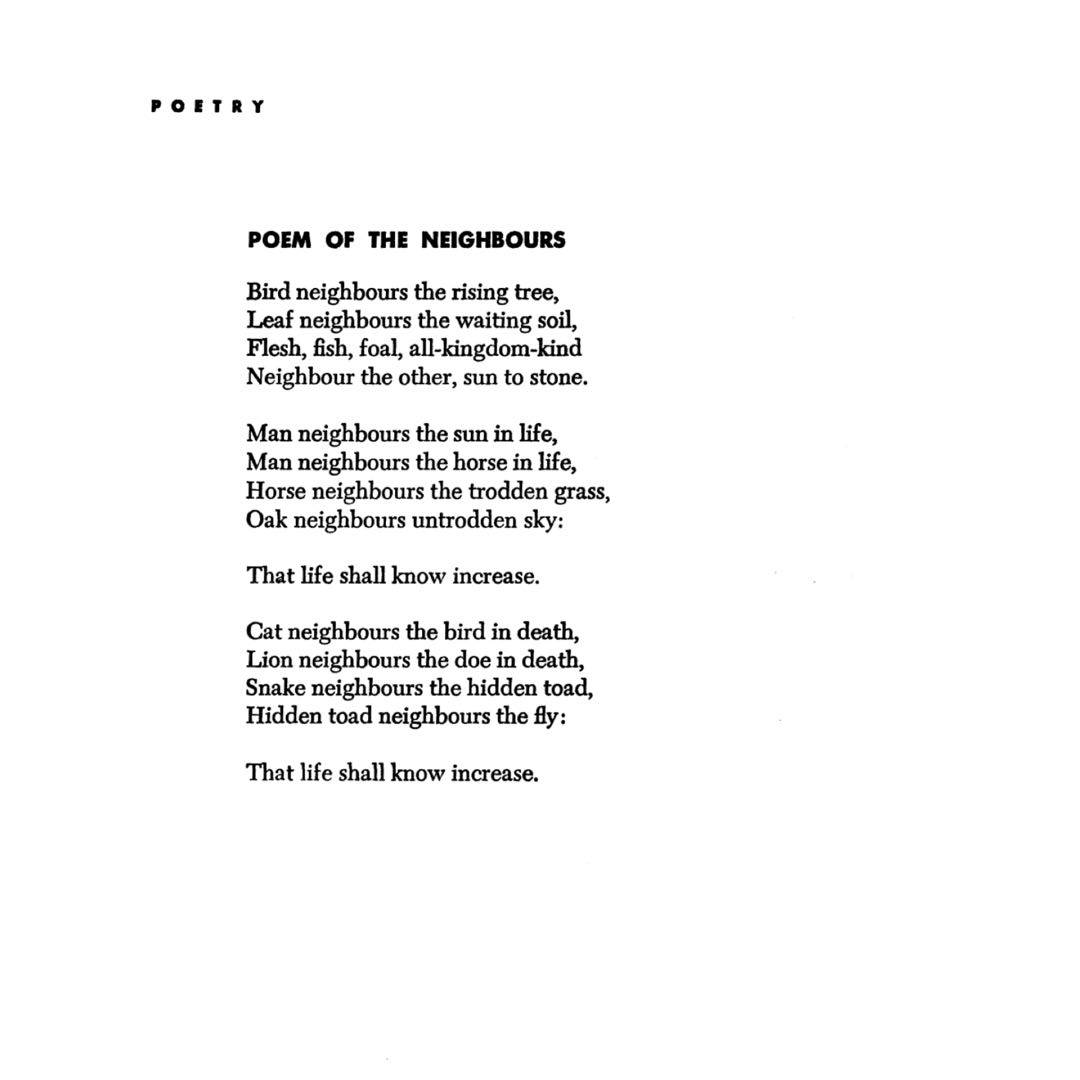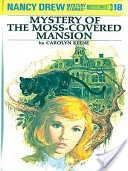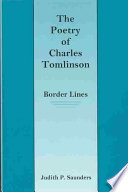The Poetry of Charles Tomlinson: Border Lines | Judith P. Saunders
1 post
Throughout Charles Tomlinson's fifty-year career, borders have served him as setting, topic, theme, leitmotif, metaphor, and formal principle. Encompassing discussion of more than two hundred individual poems, this study offers a coherent framework for understanding the body of work created by a major, late twentieth-century poet. The borders he explores are spatial, temporal, perceptual, and ideological; thus they comprehend a wide range of concerns, from the ecological to the sociopolitical, the philosophical, the ethical, and the aesthetic. The poems focus on places, literal and figurative, where disparate realms converge, e.g., sites of political and cultural displacement, of theological or economic confrontation. Defining what lies on either side of a given boundary, Tomlinson's work invites a back-and-forth process of comparison and contrast; hence it fosters a dynamic and multifaceted awareness. A commitment to principles of juxtaposition and counterpoint influences the prosodical workings of the poetry as well, manifesting itself in structural patterns, in figurative usage, in deployment of rhyme, in line, in syntax, and in diction.



















